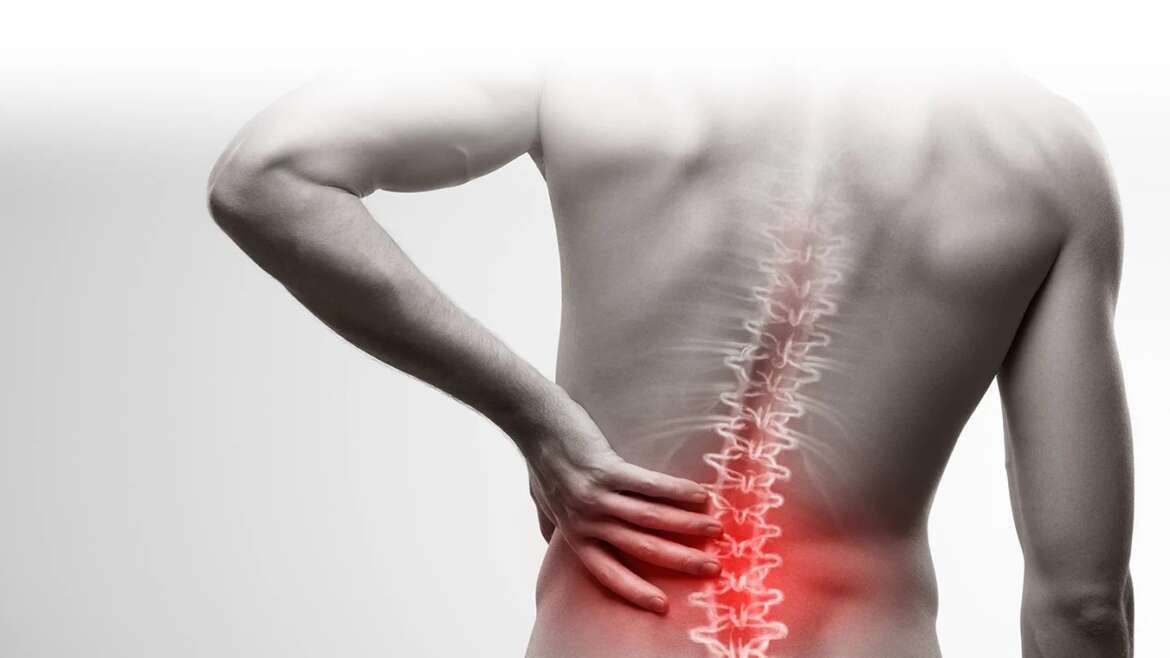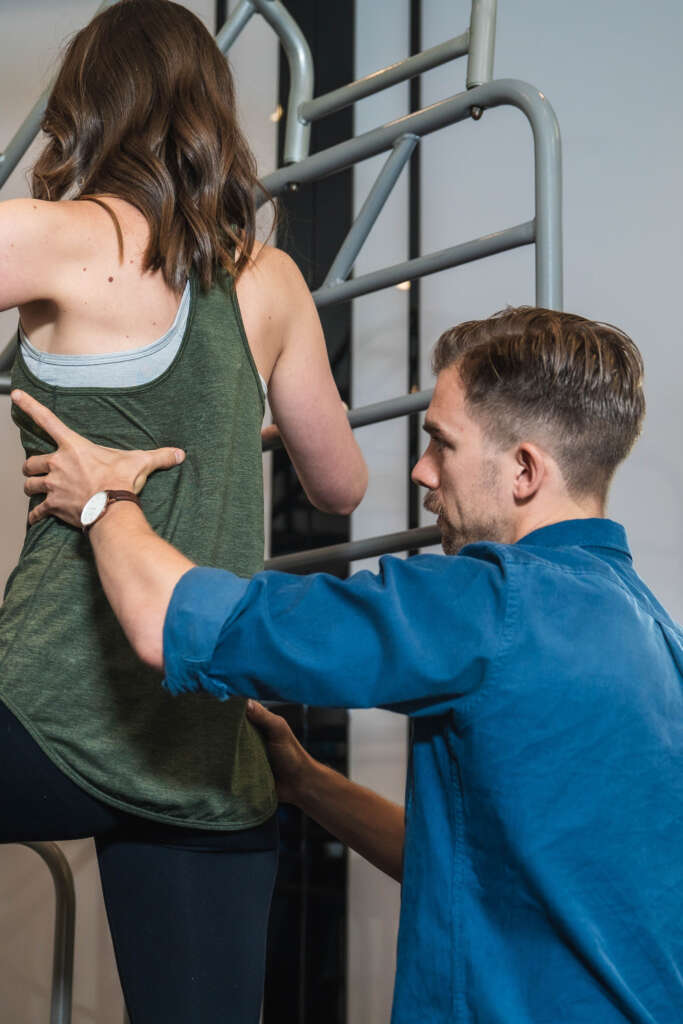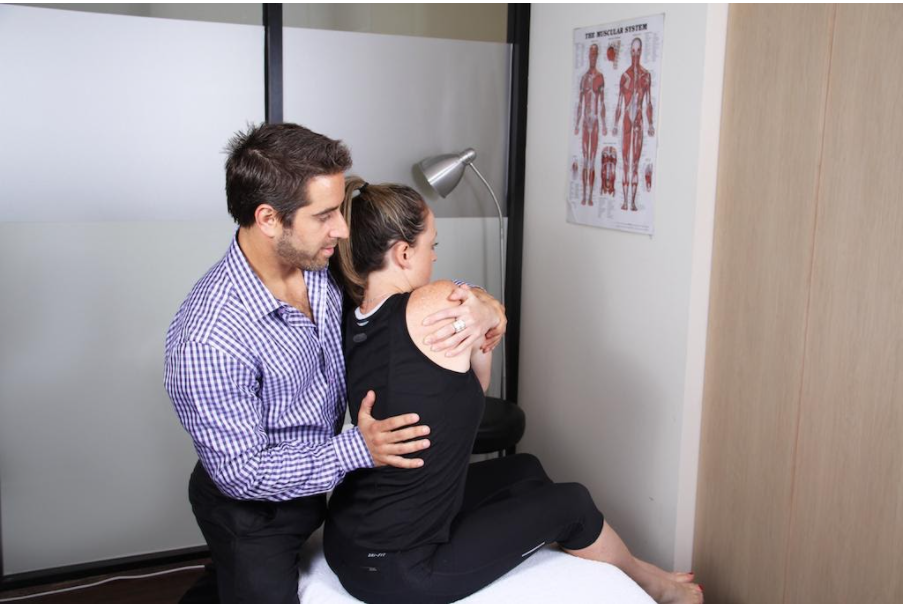There are two main types of back pain – low back pain & mid back pain. While some of the symptoms can be the same, it is important to differentiate between each type because the way we treat them can vary.
Types of Backpain
1. Low Back Pain
These are three words that make many of us cringe. It is estimated that over 70% of people will experience low back pain at some point in their lifetime. At its worst, low back pain can be debilitating, restricting us from doing the activities we love such as walking, swimming, gardening or running.
The low back or lumbar spine is comprised of five vertebrae. Symptoms of low back pain can range from local pain, pain into the back of the hip or down to the leg, feelings of numbness/tingling or feelings of weakness.
An Osteopath can help diagnose low back pain and formulate a suitable treatment plan.
Some different presentations of low back pain include:
- muscles strains
- muscles spasm
- ligament tears
- facet joint sprains
- herniated disks
- compressed nerves
- end plate fractures
- visceral referral
- degeneration
- stenosis (narrowing of the spinal canal)
2. Mid Back Pain
While not quite as common as low back pain, mid back pain is still by experienced by a lot of people. Much like low back pain, mid back pain can have an impact on our daily function. It can impact us whilst sitting at a desk, driving the car, running and lifting our kids.
The mid back, or thoracic spine, consists of twelve vertebrae. The main symptoms of mid back pain are local pain, pain while breathing, stiffness and referred pain along the rib cage.
Some different presentations of mid back pain include:
- muscle strains
- muscle spasm
- facet joint sprains
- disc herniations
- rib joint sprains
- costochondritis
- visceral referral
Differentiating between Low Back Pain and Mid Back Pain:
Both types of back pain can have a big impact on our lives and prevent us from doing the things we love. This makes it important to correctly diagnose the type of pain so you can get to work on treating its cause as well as the symptoms. Your local Osteopath has a lot of experience with this. Treating a back pain complaint will usually involve:
- performing detailed history and examination
- formulating an accurate diagnosis
- setting an individualised treatment plan that includes details of your specific goals
- performing a treatment and/or rehabilitation that is specific to your body’s needs
- helping you work toward achieving the goals specified in your treatment plan.
If you require any further information or you would like to speak to one of our Osteopaths, then please get in contact. We’d love to help you out.




